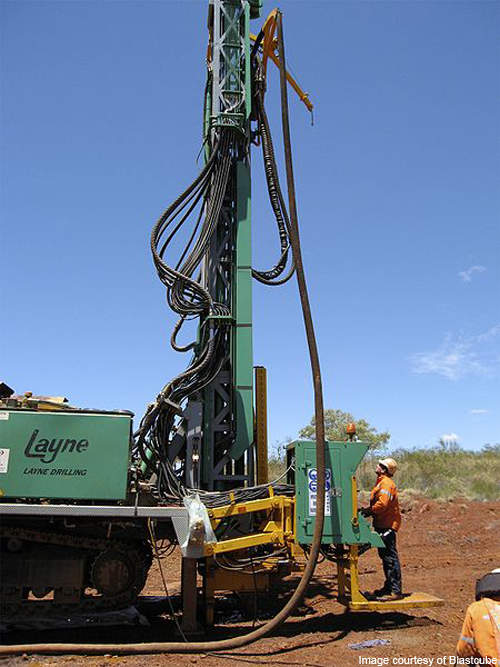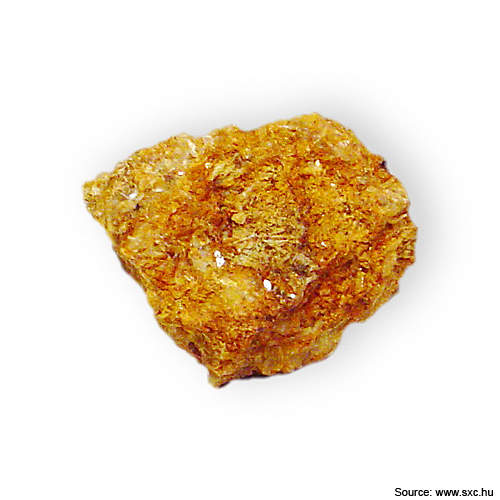The Morelos gold project is located 180km southwest of Mexico City in the state of Guerrero. Spread over 29,000ha, the project includes the development of Los Guajes East, Los Guajes West and El Limon gold deposits alongside additional prospects. The project is owned by Torex Gold Resources (earlier Gleichen Resources) and is currently in the advanced stage of development. Drilling at the project site began in 2010, with the first hole nearing completion by the end of April 2010. The company aims to complete four drill rigs with one rig added every two months.
The project will be developed following a two-phase work program. Phase one will include exploration, infill and step-out drilling, reviews relating to resource model, additional recommended metallurgical tests and a mineral resources update. It will continue for 6 to 12 months and is expected to cost in the range of $13.3m to $13.7m. Phase two will include a feasibility study and will be completed within 24 months. It will cost between $3m and $10m.
As of February 2011, the first phase of the project was progressing on schedule. The 100,000m drilling programme expanded the known resources at the Guajes East gold mine with high grade gold mineralisation intersected to the south and the east.
In March 2011 the company announced that the drilling programme at El Limon continued to encounter high-grade gold mineralisation.
Morelos reserves
The property contains an estimated 30Mt of measured and indicated resources graded at 3.20g/t Au. Inferred resources are estimated to be 9Mt graded at 3.20g/t Au.
Geology and mineralisation
The property lies within the carbonate-rich Morelos Platform, concentrated during the Mesozoic period. The project zone within the platform is intruded by Palaeocene aged Granodiorite stocks. Sedimentary rocks found within the platform are composed of medium to thickly-bedded basal crystalline limestone and dolomites of the Morelos formation, and thin to medium-bedded silt limestone and sandstone of the overlying Cuautla formation. It also includes upper platform to flysch-type sequences of interleaved sandstone, minor shales and siltstone of the overlying Mezcala formation.
Carbonate rocks are cut across by a north-west to south-east trending intrusive stock complex. The intrusive complex is dominated by granodiorite with quartz monzonites, monzonites, diorites and lesser late andesitic dykes also forming part of it. Gold mineralisation is hosted within skarns along the contact formed between intrusive rocks and the surrounding carbonate-rich sedimentary rocks. The skarn zone along the El Limon deposit is found at the stratigraphic level of the Cuautla formation where the marble meets the hornfelsed sedimentary rocks of the Mezcala formation. Though irregular, the contact is very steep, becoming nearly perpendicular to bedding.
At El Limon, gold mineralisation is skarn hosted mostly within pyroxene-rich exoskarn and occasionally in garnet-rich endoskarn. At a distance of nearly 1km from the primary skarn deposit, occurs the oxide zone of El Limon. It appears to be oxidised leftovers of the skarn positioned at the contact point between the marble and hornfelsed.
The skarn zone of Los Guajes is concentrated on the opposite side of the same intrusive found at El Limon. Marble and hornfels form the footwall and the hanging wall respectively. The intrusion at Los Guajes lies under the sedimentary rocks with the contacts plunging 30° to the west, almost parallel to bedding. Several shallow-plunging intrusive sills intrude on the skarn at Los Guajes. The sills are mostly non-mineralised with mineralisation occurring at or close to their contacts.
Gold mineralisation occurs along with early sulphide and occasionally with late carbonate, adularia and quartz. Local gold mostly occurs with bismuth and bismuth tellurides, and rarely with chalcopyrite and within arsenopyrite. Pyrrhotite and pyrite are the dominant sulphides with chalcopyrite and arsenopyrite occurring in lesser but regionally abundant amounts within veinlets and open-space fillings.
Exploration and drilling
Exploration at the project area has been carried out since 1998. The activities included local and detail mapping, sampling of rock, silt and soil, trenching, drilling including reverse circulation (RC) and diamond, ground induced polarisation (IP) geophysical surveys, mineralisation characterisation studies and sample testing.
Mineralisations at El limon, Los Guajes and Guajes West were identified in 2000, 2001 and 2002 respectively. To outline the deposits, exploration during 2001-2008 consisted of core drilling. Nearly 608 drill holes extending 98,357m were completed between 1997 and 2008. This included 545 core holes extending 87,904m and 63 reverse circulations extending 10,453m.
At the El Limon deposit, 74 boreholes have been drilled (mostly in-fill drilling), designed to upgrade the inferred resources to the measured and indicated category.





